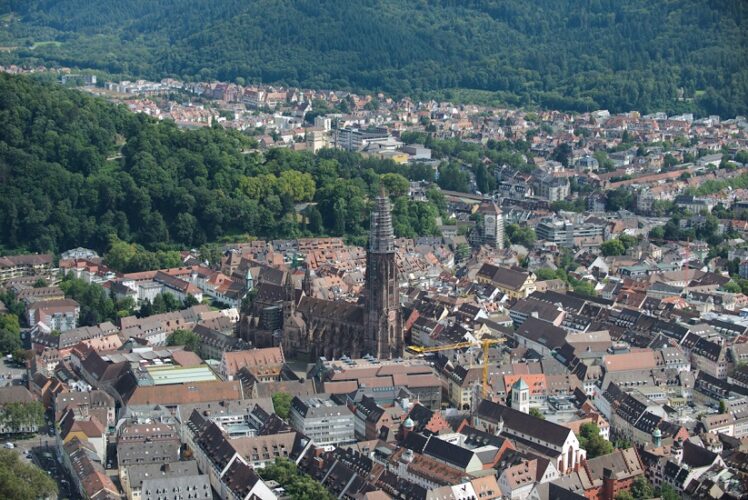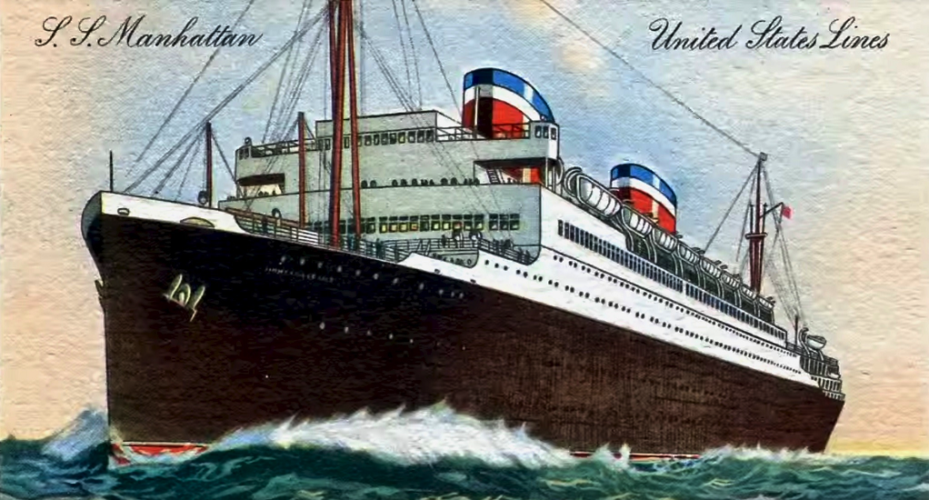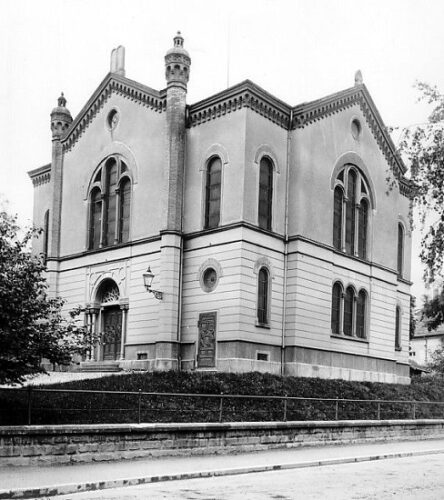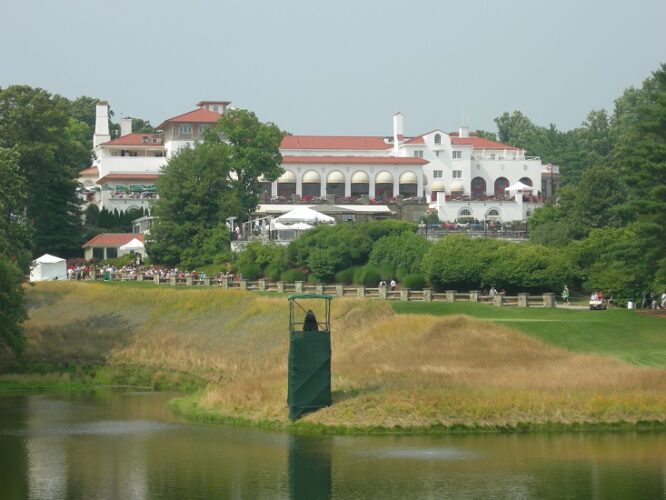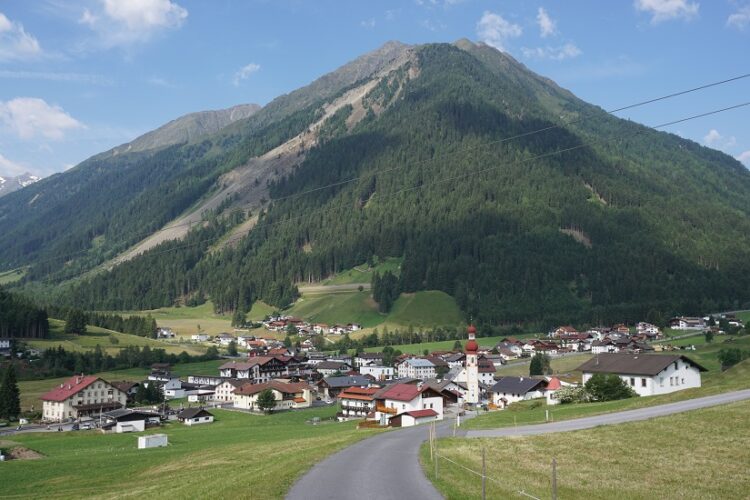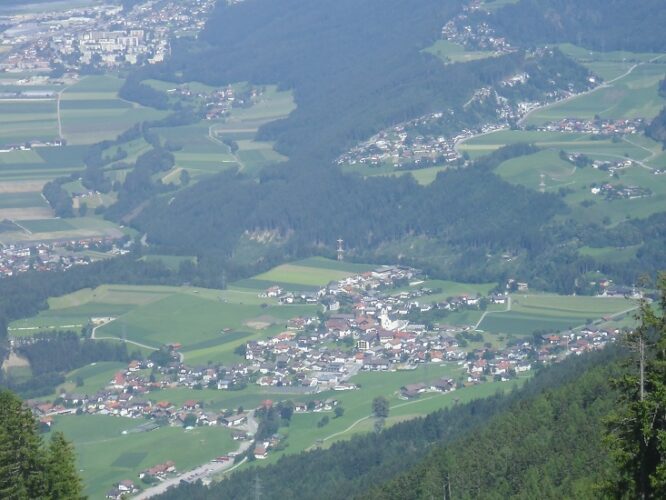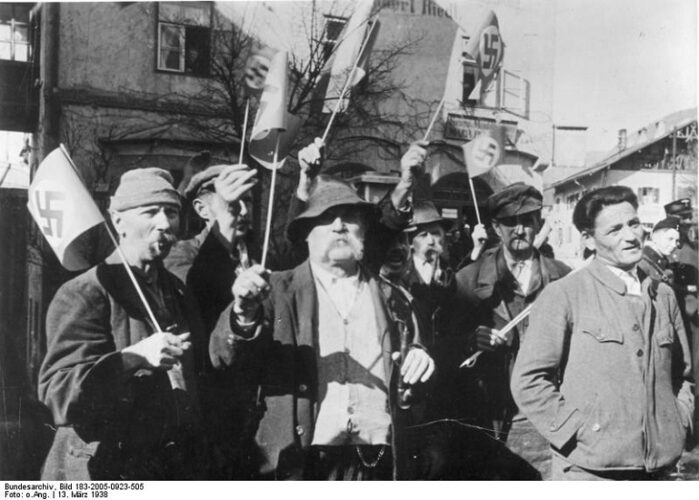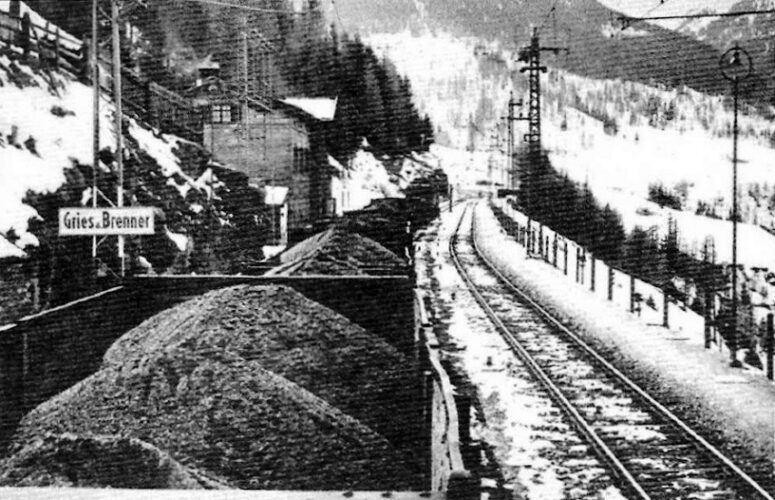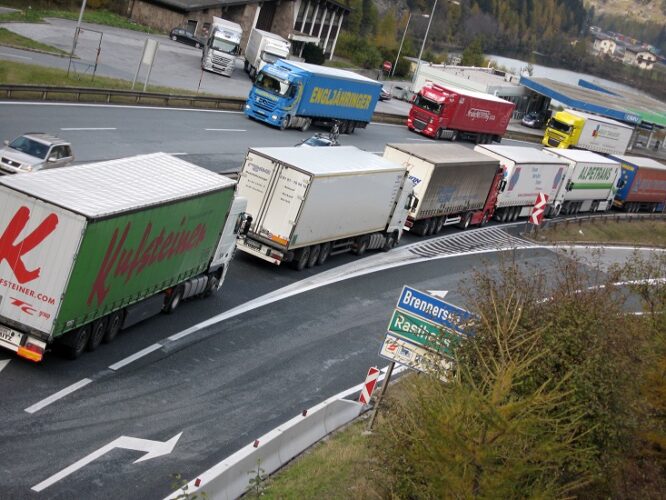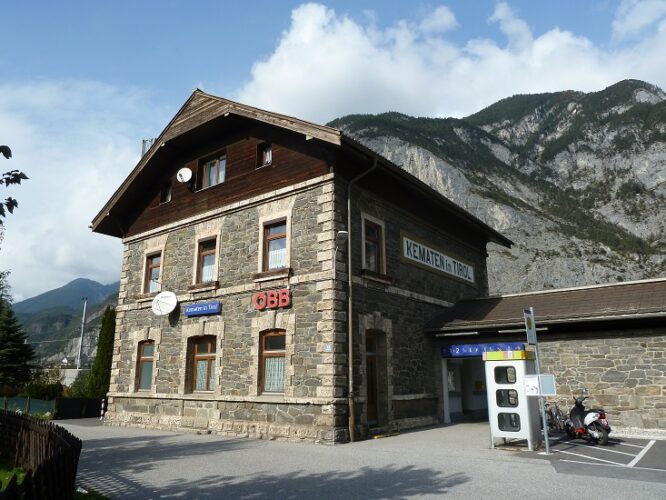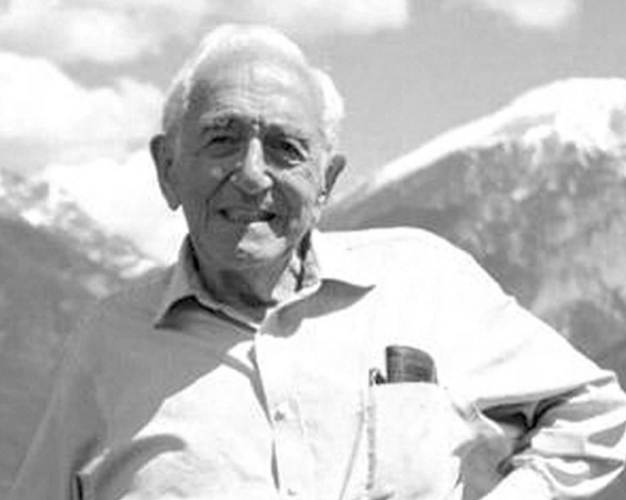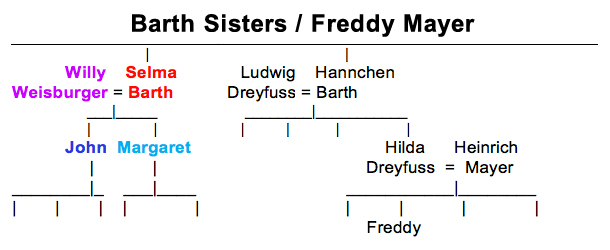
Hannchen was the oldest of the six Barth sisters.
She was married to Ludwig Dreyfuss who ran a butcher shop and sausage factory in Bretten, about 7 miles from Flehingen.
Ludwig died in Bretten in 1937.
Hannchen’s daughter Hilda married Heinrich Mayer who ran a hardware store in Freiburg im Breisgau, a small city at the southwestern corner of Germany, about 100 miles from Flehingen.
Heinrich received an iron cross for his fighting in World War I, and came from a prominent Jewish family.
By 1937, it was difficult to buy supplies, he was prohibited from having Christian employees, and his children were expelled from school.
Heinrich decided it was time to leave.
In March 1938 – days before Germany annexed Austria – Hannchen, Hilda, Heinrich and their four children: Julius, Freddy, Ruth and Ellen left Germany via France bound for the US on the SS Manhattan.
Freddy was a mischievous child, a scrapper, better with his hands than with books, and later on a ladies’ man.
When the nazis expelled him from school, he got an apprenticeship to be a mechanic and a job at an automobile repair shop.
Born in 1921, Freddy arrived in Brooklyn when he was 16.
His skills as an auto mechanic who worked on German cars were very much in demand, and he ran through around 25 jobs, each paying more than the last.
Meanwhile back in Europe on Kristallnacht [Night of Broken Glass] in November 1938, nazi thugs destroyed the synagogue his grandfather had founded.
The nazis invaded Czechoslovakia and Poland with seeming impunity.
Finally after Pearl Harbor in December 1941, the US entered the war.
Freddy went to sign up immediately.
Freddy and the US Army, however, were not a match made in heaven.
First they rejected him for being German national.
Then after they changed that policy and let him in as a private, all he did were routine jobs or punishment duty when he disobeyed the rules.
In the summer of 1943 at a base in Arizona, the army began to challenge him, at first physically with endurance exercises in the desert.
He volunteered for the Wildcat Rangers, a reconnaissance group that did war game simulations.
In one simulation, he snuck across into ‘enemy’ territory and captured a US Army general at gunpoint.
The general then recruited him into the OSS, the Office of Strategic Services, the predecessor to the CIA.
In December 1943, he reported to Area F – the former Congressional Country Club in Maryland – for more useful training: killing with a knife, orienteering, demolition, lock picking, radio communication, parachuting, wilderness survival techniques, and stealing documents from nearby top-secret facilities.
Foreign language speakers were in high demand, including many foreign-born Jews.
It was there that Freddy met sergeant Hans Wynberg, a Dutch explosives expert with a chemistry background, radio operator, coder and decoder.
Hans was also Jewish, quiet offsetting Freddy’s boisterous.
Hans had left his parents and younger brother behind in Holland.
The allies invaded Italy in September 1943, and France on D Day in June 1944.
In the summer of 1944, Freddy and Hans were still getting training – first in Oran, Algeria, and then in southern Italy – but they were also getting into trouble: selling their blood to raise money, gambling, and womanizing.
With four other Jewish OSS recruits they walked off the base, and hitched a ride to OSS headquarters 20 miles up the coast.
They went to see Colonel Howard Chapin who they knew from training at the country club to ask for a mission.
Most missions into Germany & Austria up to then had ended in disaster.
They got what they asked for and were transferred to a top-secret OSS base in a villa in Bari on the Adriatic for even more training
In the autumn of 1944, the allies were afraid that the nazis would make a last stand in the Alpine Fortress – the area between Bavaria, Italy and Austria – prolonging the fighting for 6 months.
They didn’t know how the nazis were getting trains thru the Brenner Pass between Italy and Austria, even though allied planes had bombed the tracks and rail yards.
Innsbruck – capital of the Austrian state of Tyrol – was the rail and road hub at the base of the pass.
For his first real assignment in intelligence, Freddy posed as a German officer and successfully infiltrated a camp holding nazi POW’s in Naples.
There he made friends with Franz Weber, an Austrian deserter who had come to hate the nazis, and got him to talk about his hometown in Tyrol – Oberperfuss – only 10 miles outside Innsbruck.
Franz accepted the mission to act as a guide and provide anti-nazi connections in his hometown.
Franz was not trained to parachute, and Hans was not trained to ski.
The plan in February 1945 was to parachute in, and ski from drop site.
Franz would be dressed as a nazi ski patrol captain, and Hans and Freddy would be dressed as American aviators.
If caught, the cover story was that Franz had caught them and was delivering them to the Gestapo.
The planned drop was on a glacier at 11,000 feet.
Two drops were cancelled due to bad weather.
There were no aerial photos of the drop site until the day before the drop.
There was an avalanche at original drop site, so the location had to be moved at the last minute.
The three of them landed within 100 feet of each other, but the cargo was scattered around, and they were missing two pair of skis.
Twenty hours after the drop, Franz found an empty hunting shelter stocked with firewood, food & blankets.
From the hut there was a trail, a 6 hour walk to the village of Greis.
Franz, still posing as a nazi officer, borrowed a toboggan from the nazi village head to get down the mountain.
From there they took a train to Oberperfuss.
In March 1945, Franz made contact with the former mayor of Oberperfuss – Alois Abenthung – who he suspected had anti-nazi views.
Alois set Hans up in his neighbor’s attic, where he made a hole in the roof to string a 25-foot copper wire along a clothesline to make an antenna to contact Bari.
Franz set himself & Freddy up at the back of the guest house run by Franz’s girlfriend’s mother, a guesthouse also occupied by nazi soldiers.
Alois also set up a network of resisters, mostly women, as couriers.
Franz’s sister smuggled the uniform of a dead nazi officer out of the hospital where she worked.
A friend of another one of his sisters who worked in document control got papers for Freddy in his own name.
Thus equipped, he easily infiltrated the barracks for recuperating soldiers in Innsbruck, where he spent a lot of time in the officers’ club, picking up information, including details about Hitler’s bunker in Berlin from a engineer who had been drinking too much.
In April 1945, the nazis were preparing for a last stand against the allies.
The population was increasingly fractured, with many ready to change sides as the allies gained ground. Innsbruck was bombed frequently by the allies.
Allied troops had crossed the Rhine into Germany.
Still posing as a nazi officer, Freddy learned the locations where de Gaulle’s sister was being held, and where Mussolini was in hiding.
He also developed a network of informants on the railways, and found out that the nazis had movable bridges in the Brenner Pass that were moved out of the way before allied bombers could get to them.
He infiltrated a major rail yard, and reported on a large shipment of arms to Italy that was then destroyed by allied bombers.
With his usual chutzpah, Freddy demanded & got a promotion to tech Sergeant.
Then switching identities to a French electrician, Frédéric Mayer, he infiltrated an underground nazi airplane factory that was supposed to make the first jets.
The factory also used slave labor.
Freddy sabotaged the jets and heard about Austrian resisters ready to take up arms to oppose the nazis.
Freddy proposed leading an insurrection in Innsbruck.
Supply missions from the OSS to support the insurrection were screwed up, putting the Gestapo on alert.
Several informants were arrested, several escaped.
Freddy hid in the woods for a couple of days, and then was arrested at Franz’s sisters’ apartment in Innsbruck.
Freddy was water tortured, beaten with a whip while hogtied, and his teeth were broken, but he maintained his French identity until he was confronted with the informant who gave him up.
Only then did he admit that he was an American, but said that he came into Austria from Switzerland alone.
A nazi defector recruited by the OSS who then turned double agent confirmed that Freddy was an American and an important agent of high rank.
The nazis figured out that the operation was being run out of Oberperfuss, and raided the attic where Hans was hiding out, but Hans & Franz had escaped two days before, alerted by Franz’s sister.
Freddy was taken from prison to have lunch with Franz Hofer, the District Commander and nazi party leader in Innsbruck.
Hofer made a peace offering to the Americans.
Freddy suggested that the nazis surrender.
Freddy asked that a message be sent to the OSS in Switzerland: … “in Gestapo hands but ‘don’t worry about me because I am not really bad off.’” {message #798 as quoted in OSS Agents in Hitler’s Heartland}.
Freddy was returned to prison, and then sent to Reichenau, a small concentration camp in Austria where VIP prisoners were being kept.
He was then released into the care of Hofer’s second-in-command Max Primbs.
Hofer was about to deliver a radio address calling for a nazi last stand in Tyrol.
Freddy convinced him that unconditional surrender was his only option, and offered to put him under house arrest, to make him a POW.
Hofer asked for Freddy’s word as an officer.
Freddy gave it to him, even though he wasn’t an officer and had no authority to negotiate with the nazis.
Hofer’s radio address on May 2 declared an unconditional surrender, saying that the war was over.
Freddy went back to Oberperfuss to have Hans relay the surrender to OSS.
On May 4, 1945 Freddy went to the front line waving a white bedsheet to convey the surrender to American troops who were only 11 miles from Innsbruck.
They drove to Hofer’s home where he confirmed the surrender.
Three days later on May 7, Germany surrendered and the war in Europe was over.
Freddy was made second lieutenant a few weeks later, and was awarded the Legion of Merit and the Purple Heart.
After the war, he worked for General Motors in New York City for a couple of years, and then for the Voice of America all over the world.
He retired to Charles Town, West Virginia and died in 2016.
6,084 total views, 12 views today

